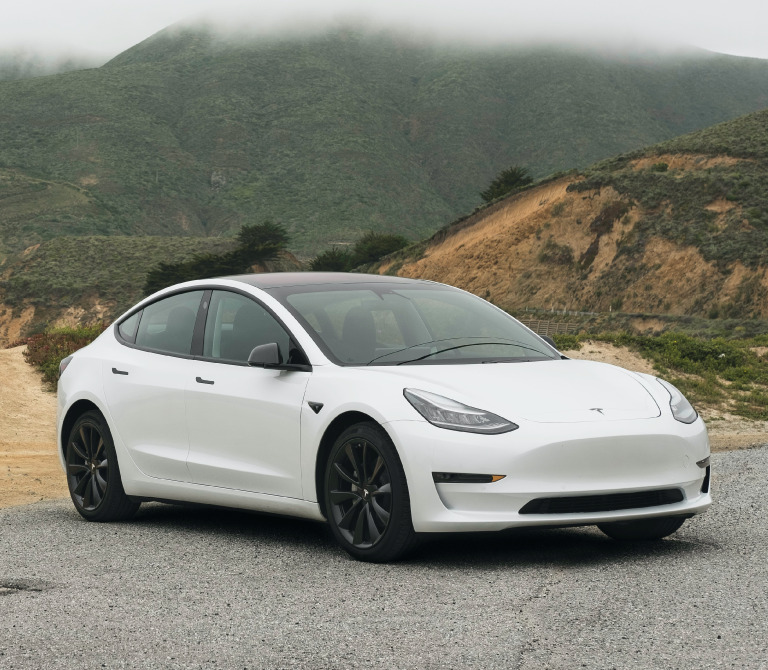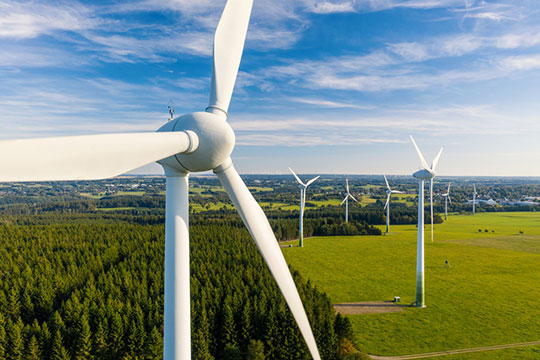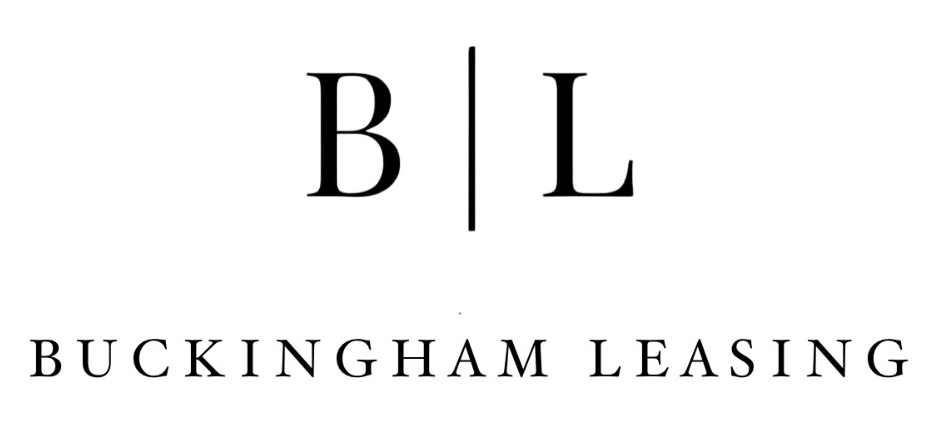Electric assets – how does the technology and efficiency compare?


With the UK being the first major economy to commit to zero emissions by 2050, manufacturers of agriculture, construction, and engineering equipment to name a few have begun releasing all electric equipment. In addition to the legislation, demand for electric products has been helping to raise manufacturers awareness in producing electric equipment sooner rather than later. So how do they fare compared to their less environmentally friendly counterparts in terms of efficiency, performance as well as the main point on environmental impact?
The positives of using electric machinery:
- Reduced Carbon Footprint – It is clear to see for all, electric machinery contributes less pollution than the typical combustion engines which are reliant on fossil fuels. The contribution the use of traditional machinery is having on global warming is apparent for all to see. However, using UK farms as an example, they have and continue to be reliant on these machines in order to carry out their daily tasks. The main hurdle for farmers as well as everyone is the transition period, where the end user has the confidence to switch across to electric.
- Tax Incentives – Companies using electric assets (including vehicles) can save money through the emission-reducing tax incentives. The government’s plug-in car grant has been implemented to promote the uptake of electric vehicles. In addition, there is a grant of £3k for small vans (less than 2,500 kg) and £6k for large vans (between 2,500 kg and 3,500 kg). With more incentives expected to be released in addition to the new super deduction which started on 1st April, now is a great time to move to electric.
- Efficiency – Electric equipment has transformed the way business owners run their companies for the better. Autonomous machinery with minimal human oversight has in turn produced increased yields, improved accuracy, reduced workloads, and less waste. The data we can now extract from electric machinery means waste is reduced and output is increased which not only helps the environment but also makes your business more profitable.
- Lower Maintenance Costs – Electric assets have shown one main factor which can save companies a considerable amount of money, reliability. Electric machinery breaks down less, requires fewer services and any issues can be located quickly by the built-in computer system. Additionally, companies who lease electric machinery can include an interest free maintenance package giving the customer confidence their machine will continue to operate efficiently.
- Reduced Noise – The noise pollution produced from many sites can often cause distress from locals living nearby. With quieter, electric machinery businesses can carry out works and produce less noise, causing reduced distress and the possibility of extending their working days or even working at night.
The restrictions consumers are facing using electric machinery:
- Infrastructure – Using electric cars as an example, according to the research, from the Society of Motor Manufacturers and Traders (SMMT), they estimates 1.7 million public chargers will be needed by 2030 and 2.8 million by 2035, requiring the installation of 507 chargers a day for the next 15 years. This would need an investment of £16.7bn; following the recent economic crisis due to the effects of COVID, the UK may need to start taking their target more seriously. The technology is clear to see for all, however in order to roll this out as quick as possible the focus on building the infrastructure needs to become a priority.
- Cost – The high cost of electric assets is a key barrier to the UK government in transitioning the country from a fossil fuel dependent economy to an electric. Mike Hawes, the Society of Motor Manufacturers and Traders chief executive, said: “Until these vehicles are as affordable to buy and as easy to own and operate as conventional cars, we risk the UK being in the slow lane, undermining industry investment and holding back progress.” Environmental groups argue the best way to of increasing users is by the UK government investing in the infrastructure and bringing forward bans on internal combustion engines. Progress is evident, however in order to help business users move over, the numbers need to make sense.
- Time to Recharge – The time it takes to recharge a battery is one of the largest barriers in the adoption of electric machinery. However, solutions are improving with battery-swapping and high-power-charging solutions continuing to develop. It will be the commercial availability to these solutions which will be vital to the quick transition. Still, even if these technologies materialize and become widely available, there will still be several heavy machinery and equipment types and applications where adoption will be slow due to the remoteness of work sites and limited or unreliable access to electricity.
If you and your business are looking at moving over to electric, please feel free to get in touch. We will give you free and friendly advice and also finance figures to show you how electric could be the best decision for you. Please contact us today on:
E: enquiries@buckinghamleasing.co.uk
M: 07515662628
Jack Bridges
Buckingham Leasing
